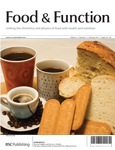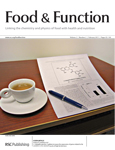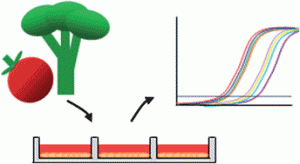The University of Guelph’s Department of Food Science will be hosting an international meeting on the delivery of functionality in complex food systems. This meeting will bring together world-class experts from various disciplines (from physical science to biology) and sectors (from industry, academia and government). This meeting will be the fourth and latest instalment of a series of symposia discussing the latest and ongoing trends in food structural research.
The conference will be held on August 21-24, 2011, Guelph, Ontario, Canada, www.uoguelph.ca/foodscience/content/delivery-functionality-complex-food-systems
Important dates for your calendar:
January 20, 2011 Registration opens
April 30, 2011 Deadline for the submission of abstracts
June 01, 2011 Notification about assignation of oral/poster presentations
June 15, 2011 Deadline for early-bird registration
Invited speakers include:
Professor Raffaele Mezzenga, Eidgenössische Technische Hochschule (ETH) Zürich, Switzerland
Professor Nissim Garti, Hebrew University of Jerusalem, Israel
Professor Eric van der Linden, Wageningen University, The Netherlands
Dr. Eckhard Flöter, Unilever Research and Development Vlaardingen, The Netherlands
Professor David Julian McClements, University of Massachussetts Amherst, United States of America
Professor Derick Rousseau, Ryerson University, Canada
Professor Rickey Yada, University of Guelph, Canada
Professor Amanda Wright, University of Guelph, Canada
Professor Gopinath Paliyath, University of Guelph, Canada
Dr. Job Ubbink, Food Concept & Physical Design
Professor Eyal Shimoni, Technion, Israel
Work presented at the conference will be published in a themed issue of Food & Function, a non-profit journal published by the Royal Society of Chemistry. Submissions can be made online here . The deadline for submissions for the themed issue is 31 August 2011.













